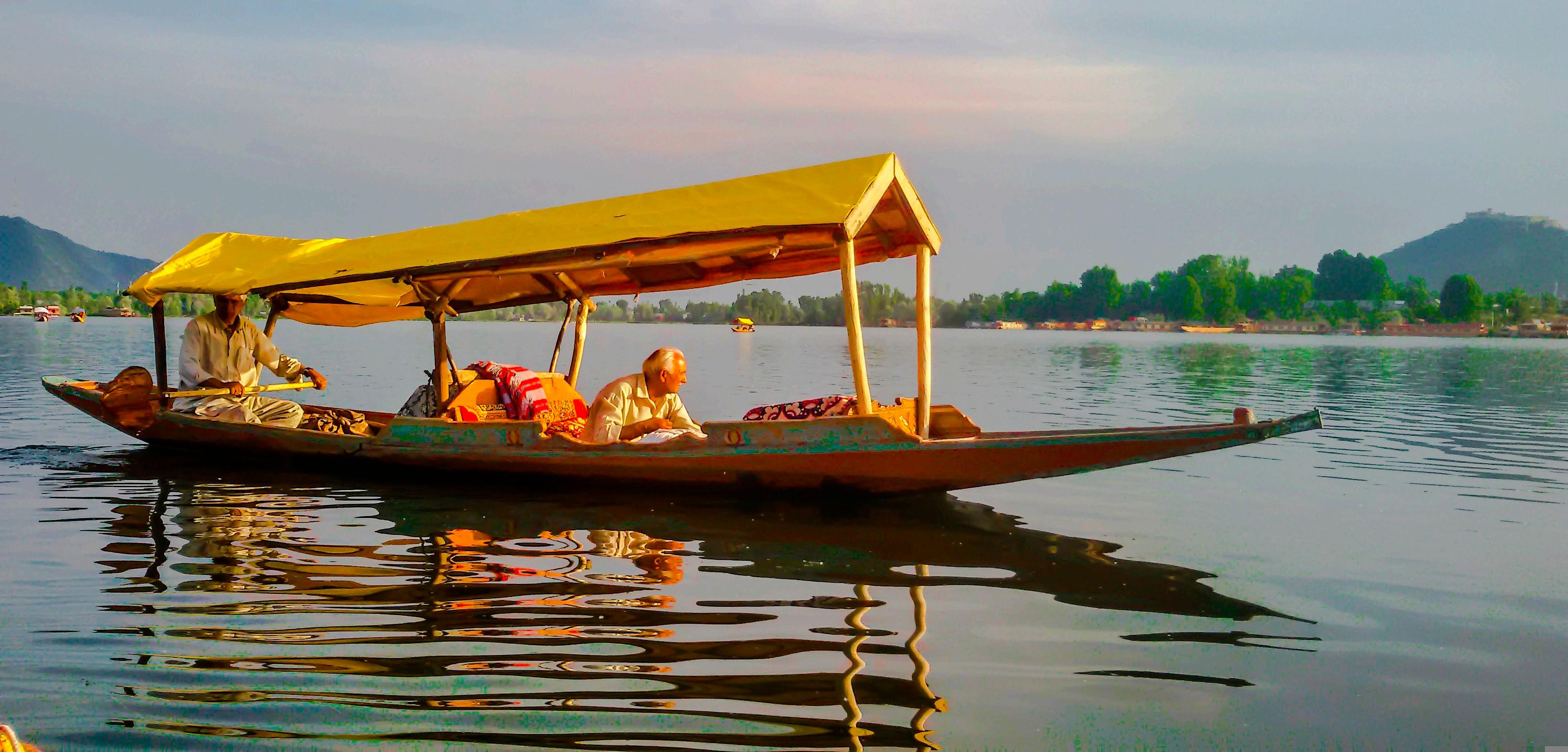
3 minute read
Kashmir’s Lithium On Radar Of U.S. Lab That Helped Build Atom Bomb
California-based Lawrence Berkeley National Laboratory is among several players in the lithium and EV industries taking an interest in the development in India.
—A Special Report
May 1, 2023:
India’s tentative discovery of about 5.9 million tonnes of lithium deposits in its northern state of Jammu and Kashmir has made rich and geopolitically powerful nations sit up and take notice.
A handful of opportunistic western nations could be secretly eyeing whole new economic prospects, such as technology transfers and infrastructural support that India needs to exploit the new-found reserves of the costly non-ferrous metal.
The pursuit for lithium is increasingly becoming a new gold rush for the corporate world from east to west as batteries made from it are driving the world’s ongoing transition to EVs (electric vehicles).
Even as the J&K find is now being hotly discussed in energy sector boardrooms, it’s worth noting that the lithium deposits there are only in the “inferred” stage – which is basically a preliminary estimation made with a low level of confidence.
A key research body that has publicly taken notice of the Indian government’s announcement of its discovery is Lawrence Berkeley National Laboratory – a California-based subsidiary of the US government’s energy department
– that, incidentally, had played a major role in the development of the atom bomb and nuclear medicine.
In a paper titled “Pathways to Atmanirbhar Bharat” and woven around the theme of India’s aim to become energy independent by 2047, the Berkeley-based lab pointed out that the country has discovered much more lithium than it would need over the next 20 years in the Salal-Haimana area of J&K’s Reasi district.
According to the study, the discovery would speed up India’s transition to a more energyefficient economy fuelled by the extensive use of lithium-ion automotive battery-driven electric cars. The beauty of these batteries is that they can be recycled and used as new batteries, the American lab observed.
The research body also noted that India needed a $3 trillion investment in its energy infrastructure in the coming decades.
On the infrastructure front, Berkeley’s lab listed building of mines, processing plants, and transportation routes as the important areas. It also highlighted that most of India doesn’t have enough water, and called for the lessening of adverse effects of the lithium industry on the ecosystem, and for New Delhi and the mining companies to work out efficient water management systems.
BERKELEY’S MOTIVE
On the surface, the lab’s paper can be treated as an academic report about the potential for India to transition from an importer of lithium-ion batteries to an exporter.
However, no discerning analyst can ignore the highly influential science think-tank’s association with monumental global developments and in shaping major US policies in the past. A logical question here is whether it is a well-calibrated identification of investment pathways for US policy-makers and profit-hungry MNCs to knock on New Delhi’s doors with infra and tech offerings.
It is worth noting here that the US lab, founded in 1931 by Ernest Lawrence who got the Nobel Prize for inventing the Cyclotron, has been adjudged by Nature Index as having the greatest research publication impact of any single government laboratory in the world in physical sciences and chemistry.
Even more interestingly, it’s worth recalling how lithium discovery and its mining have contributed to political and geopolitical unrest. On one occasion, the mineral is said to have triggered a coup in a certain country, where the role of a European power has come under scrutiny.
CHILE, MEXICO TIGHTEN CONTROL
Chile, which has the world’s fourth highest lithium reserves at 11 million tonnes and is the globe’s second largest producer of the metal, saw lithium emerge as a common issue in every antigovernment protest in the Latin American nation in recent times. Last year, the capital Santiago witnessed massive street protests over bids to award mining rights to private players.
After a regime change, the new government rescinded the contracts and is now creating a bigger role for the state in lithium, which is also widely used in portable electronics, wind turbines, and solar batteries.
Walking down the same road after publicly declaring he cannot allow the country’s lithium resources to “be exploited by foreigners from Russia, China or the United States”, Mexican president Lopez Obrador in February handed over the responsibility for lithium reserves to the energy ministry after nationalising the mineral’s deposits in April 2022.
More than 15 years back, another Latin American nation, Bolivia, which is estimated to hold the world’s largest lithium reserves of 21 million tonnes and forms the “Lithium Triangle” with Chile and Argentina, had mustered up courage under its president Evo Morales to nationalise three metalprocessing plants owned by Swiss mining firm Glencore.
In February 2019, the Morales government opted for a Chinese consortium as its strategic partner on a new $2.3-billion lithium production project. Nine months later, Morales stepped down and was forced to flee after the nation’s army chief sought his resignation following weeks of protest over alleged irregularities in an election that Morales had won.
Days later, reputed South African online news






